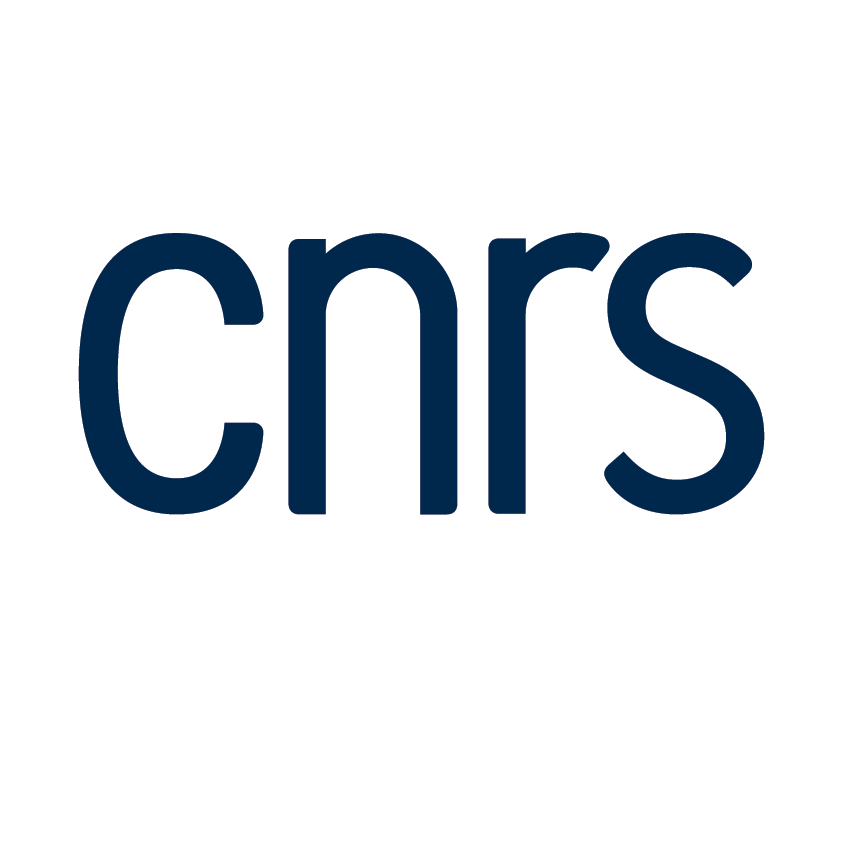Retour
Séminaire de Théorie des Nombres
Modular Symbols associated to Eisenstein Series
Vinayak Vatsal
( UBC Vancouver )Salle de Conférences
le 26 avril 2013 à 14:00
Let and be an Eisenstein series and a cusp form, respectively, of the same weight and of the same level , both eigenfunctions of the Hecke operators, and both normalized so that . The main result we prove is that when and are congruent mod a prime (which we take to be a prime of lying over a rational prime ), the algebraic parts of the special values and satisfy congruences mod the same prime. More explicitly, we prove that, under certain conditions, \[ \frac{\tau (\bar{\chi })L(f,\chi ,j)}{(2 \pi i)^{j-1}\Omega _f^{\text{sgn}(E)}} \equiv \frac{\tau (\bar{\chi })L(E,\chi ,j)}{(2 \pi i)^{j}\Omega _E} \pmod{\mathfrak{p}} \] where the sign of is depending on , and is the corresponding canonical period for . Also, is a primitive Dirichlet character of conductor , is a Gauss sum, and is an integer with such that . Finally, is a -adic unit which is independent of and . This is a generalization of earlier results of Stevens and Vatsal for weight . The main point is the construction of a modular symbol associated to an Eisenstein series.




